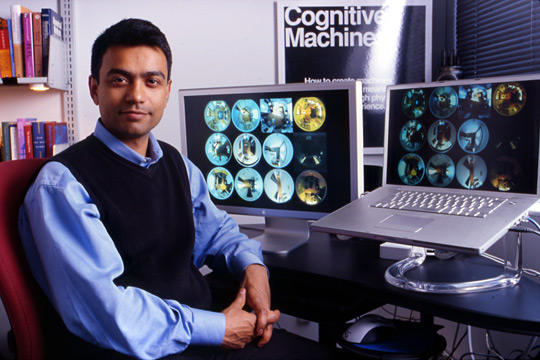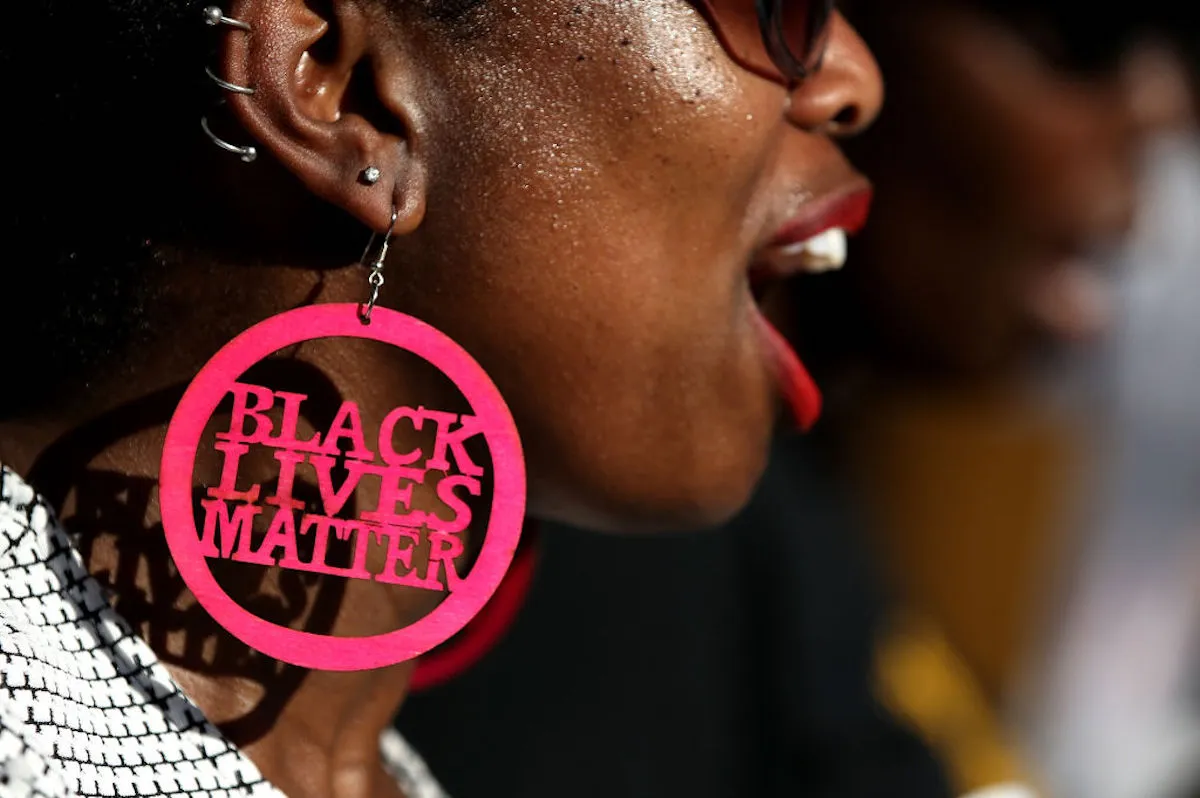“Honey, we’re having a baby!”
“That’s awesome! … I know exactly what we can do with it!”
For the first three years of his son’s life, Deb Roy, a cognitive scientist and director of MIT Media Lab’s Cognitive Machines Group, recorded 90,000 hours of video (that’s 10 hours a day, every day, for three years) on 10 cameras and 14 microphones to study how infants develop their language skills. Why? To see if robots can learn language the same way. This is what happens when scientists have children: they do science to them.
Roy jokingly calls the project “the biggest home video collection ever made,” but it’s really called the Speechome project. They recorded from 2005 to 2008 and ended up transcribing over seven million words. (Probably why we’re only hearing about it now.)
By collecting each instance in which his son heard a word and noting the context, they mapped all 530 words the boy learned by his second birthday. In doing so they uncovered a surprising pattern in which caregivers would suddenly slip into simple language, then slowly move back into more complex sentence structures.
Well, of course. When people who are fluent in language speak to each other, we speak in complex sentences. But when someone learning the language chimes in, like a baby, the fluent people will slow down and guide the new speaker until they comprehend what’s being said. And then they return to more advanced speech. Because otherwise, we’d be speaking baby talk to each other around the clock until the baby in the house takes a nap. Roy didn’t seem to realize that we did this, unless this is the first time he’s met a baby.
“For each of the primary caregivers we found the same trend,” Roy said. “We’re getting longer sentences when he doesn’t know the word, and then they start getting shorter, and they’re pretty much at their shortest as he starts to get the word…. Was I consciously doing that? I can’t imagine anyone consciously doing that.”
He calls this a “continuous feedback loop,” in which the baby was learning how to speak and the adults were learning how he was learning. And they learned … that babies need reinforcement when developing their language skills.
And the robots? What is Roy planning on doing with all these hours of baby talk? He’s not sure. As of right now, “he hasn’t figured out how to apply the work with his son to his robots yet.” However, the data is being applied to a study to see how autistic children develop their speech patterns and how they are affected by their environments. This is being funded by the National Institutes of Health.
(Wired)







